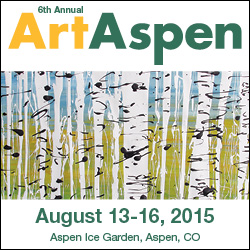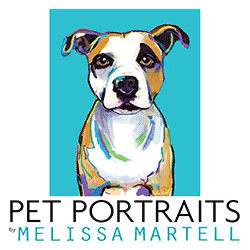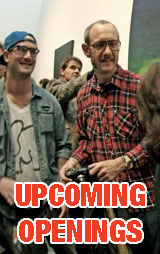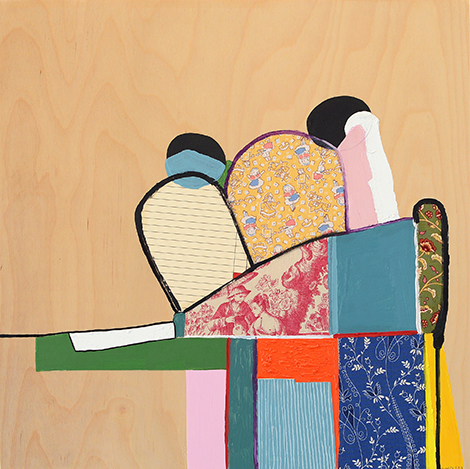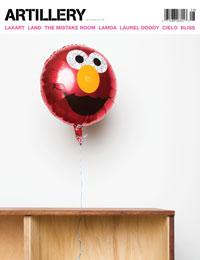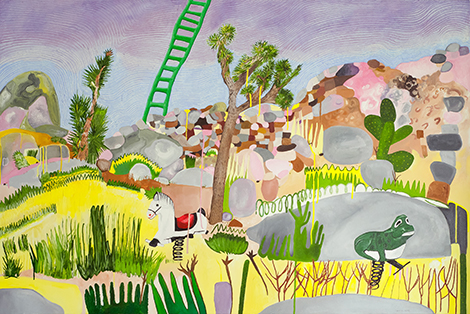
Carol Es, Ladder to Dad, 2014.
CAROL ES
Shulamit Gallery / Los Angeles
Carol Es has long drawn upon two major factors in her personal history—factors that she recognizes that she shares with many others, but perhaps not in quite the same way. Strongly identifying as Jewish, Es has emphasized the cultural and historical aspects of her religious heritage over the theological and practical; and strongly aware of the dysfunction that ruled her childhood, Es has sought, quite publicly, to grow past the trauma she was able to escape only in her early teens. An autodidact, Es has long embodied her interests and her struggles—in painted and drawn and even sculpted and sewn imagery—darkly whimsical forms and figures whose deft fluidity have the eye “going for a walk with a line” (in the words of Paul Klee, who strongly influenced Es) but aggressively trouble the mind.
A solo retreat Es made to Joshua Tree a year ago, however, apparently served as the spiritual detox she had long sought. Her sojourn in the desert lasted only 10 days, but its cleansing effect was profound, certainly on her art. Es’ response to the desert lightened her palette and gave focus and jaunt to her once-wandering lines. Where once they looped and spiraled in on themselves, now those lines stretch out to accommodate a sprawling landscape of scattered rocks, sparse vegetation, the occasional critter and a craggy silhouette of mountains against a brilliant, unvariegated sky. Furthermore, that response was a response to something entirely outside Es herself, something over which she not only had no control, but wanted none. The sprightly, vividly colored renditions of her surroundings—deliberately higher-key than their bleached-out, sand-hued subject—bespeak an embrace of things as they are, or at least as they are understood, not as they need to be. Es brought in biblical, and especially Kabbalic, reasoning to make sense of her new-found, naturalized grasp of the quotidian, but it worked.
And it resulted in “Exodus,” an installation (curated by Ann Hromadka) of paintings and wall drawings, and ultimately a feigned reconstruction of Es’ desert shelter, that may have bristled with nervous detail but refused to take itself too seriously. Indeed, an insouciant flavor, even an element of silliness, pervaded. Es has channeled what remains of her fury at the world into a furious workmanship, her energy now directed towards imagination and fabrication—and toward sharing her incredible lightness of being with her audience. For all the exuberance of its roomful of paintings, the high point of “Exodus” was the backspace, transformed into a kind of cave built around a small television set. On that set played the animated narrative by which Es, matter-of-factly and a bit self-mockingly, recounts her transformative experience. The 8-minute video, a lesson in overcoming obstacles by not taking yourself too seriously, should be played to college art classes all over the world.

